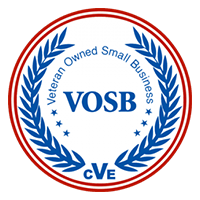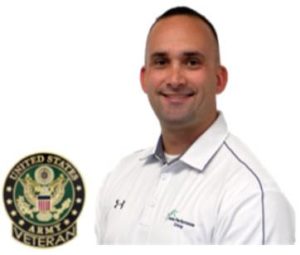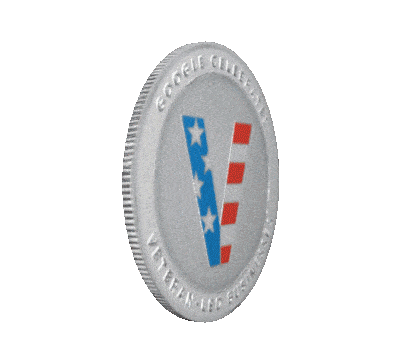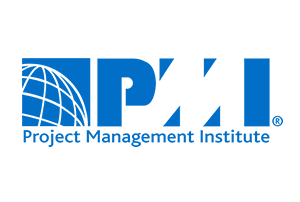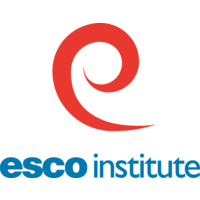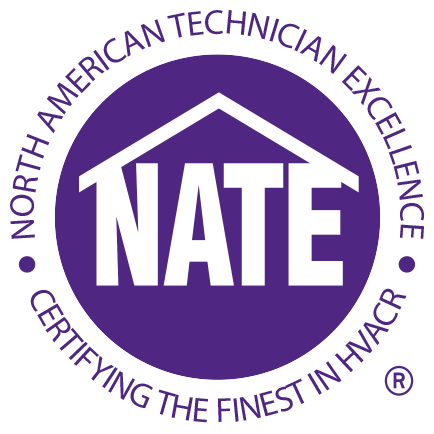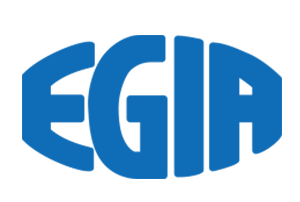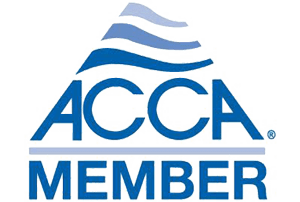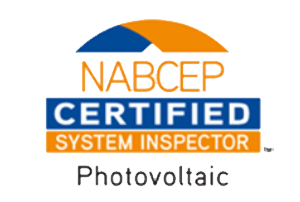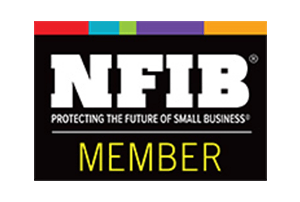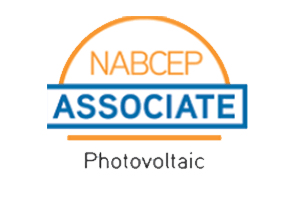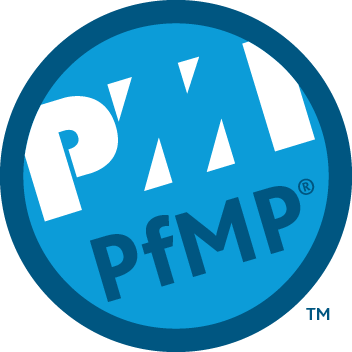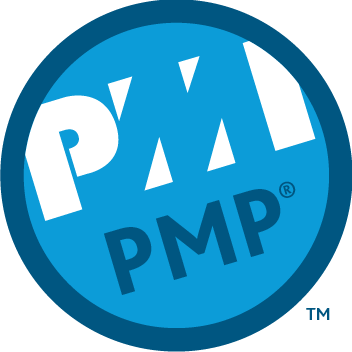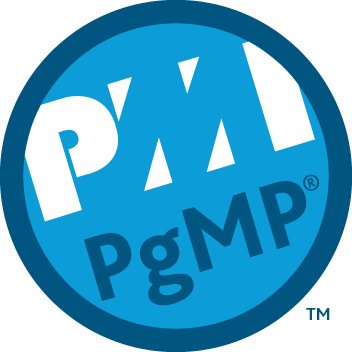Protecting the Drinking Water Supply in Your Home
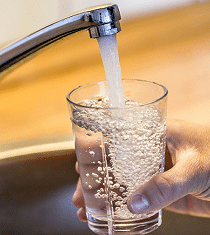
Backflows are essentially reversals of water flow in the wrong direction. Backflows are caused by either back siphonage or backpressure in the water supply system. Back siphonage is caused by negative pressure inside the potable water supply piping. The negative pressure creates a partial vacuum, similar to drinking through a straw, and draws liquids backward. Common causes of back siphonage are water main breaks, routine infrastructure maintenance, utility water valve exercising and flushing, and even fire fighting activities.
Backpressure on the other hand occurs not because of negative pressure in the potable water supply, but excessive high pressure builds up inside a connected water system. Common causes of back pressure include non-potable systems connected to the public water supply, such as heating and cooling equipment, waste disposal, or other industrial processes that potentially generate a higher pressure than the potable water supply. This higher pressure can push contaminated fluids back into the water system. To minimize the risk of back pressure, water utilities generally operate their systems at normally higher pressures, at least above a minimum 20 pounds per square inch (psi). The higher operating pressure of the water supply lowers the probability of a non-potable, or questionable, water source from creating high enough back-pressure to reverse water flow. When backflows do occur, the outcome is often water pollution or contamination. In the event of an anticipated, probable, or known backflow, local public health authorities (LPHA) will issue drinking water advisories recommending use restrictions, and boil guidelines. Although very rare, in higher risk scenarios when the water supply has a life-threatening toxin at known dangerous levels, the LPHA may issue a “do not use water” advisory. These advisories are much more stringent and urge property owners to not the use the water even after boiling.
How is Water Pollution Different than Water Contamination?
Both the Uniform Plumbing Code (UPC) and International Plumbing Code (IPC) delineate the difference between water pollution and contamination. Specifically, pollution is an impairment of the quality of water that does not create a health hazard, but does affect the aesthetic quality of the water. Effectively, water pollution by this definition is water that may not look, smell or taste good, but will not harm you. Contamination on the other hand does in fact pose a health hazard in the form of dangerous chemicals or biological pathogens. 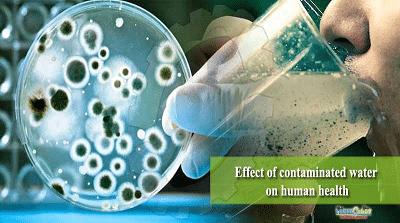
Health Hazards Posed by Backflow into Your Drinking Water
Every year there are numerous incidents of backflow contamination posing significant health hazards. Backflows can pull in both biological or chemical contaminants. The U.S. Centers for Disease Control (CDC) finds there are more than 7 million waterborne illnesses every year resulting in more than 118,000 hospitalizations and over 6,600 deaths. The research cites aging water supply infrastructure as a significant contributing factor to waterborne diseases. A study conducted by the University of Utah (USU) discovered water main breaks, due to aging pipes, have increased 27 percent since 2012. Remember, when water mains or homes service lines rupture or otherwise lose pressure, back siphonage can occur through all unprotected cross connections.
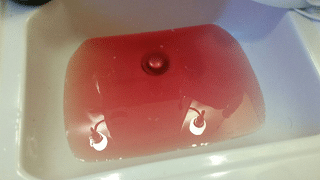
Another example involved a water main break, after which homeowners began reporting white milky colored water coming from water fixtures in their homes. Authorities determined during a water main rupture, low pressure in the water system created back siphonage in the main water supply piping. At the same time, an employee at a local pest control company was cleaning a pesticide tank containing heptachlor and chlordane. Because the water hose did not have a vacuum breaker backflow preventer, and the commercial building did not have any approved backflow protection, those chemicals were drawn into the water supply system by back siphonage. Authorities estimated one to three gallons of chemical were drawn into the water supply and affected 63 homes before the water supply was disconnected from the building. Because the chemical sticks to surfaces, in this case the inside of piping, nine properties had to have all their plumbing removed and replaced. This event resulted in potentially lethal chemical contamination of the water system.
What are Backflow Preventers?
A backflow preventer is a sophisticated plumbing device, or assembly, designed to prevent pollution or contamination of the potable water system caused from back siphonage or back pressure. 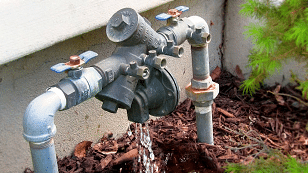
IPC section 608.1 requires all potable water supply piping systems be designed and maintained to prevent contamination through cross connections. The 2018 IPC lists 18 different types of backflow preventers. Selection of a backflow prevention device or assembly is done in accordance with table 608.1. Each device or assembly is capable of preventing specific hazards due to specific events and requires careful selection based on the application. For less critical uses a basic protection device may only prevent pollution of the water supply and only from back siphonage. In more crucial applications the most advanced backflow preventers can protect the water supply from both pollution and contamination caused by both back siphonage or back pressure. The higher the hazard, the more robust the protection. Selecting the wrong backflow protection will not provide the anticipated safety of the water supply system.
Selection, testing and inspection of backflow protection requires advanced plumbing training. Once installed, backflow preventers are required to be inspected and tested annually. Inspectors must be trained and licensed by either the American Backflow Prevention Association (ABPA), or alternatively American Society of Sanitary Engineers (ASSE).
Home Performance Group Protects Home’s Water in Kansas City
Concerned about water quality in your home? Fear you have an improper cross connection? Or simply want to prevent contamination of your private water well? Consider hiring a master plumber with the specialized knowledge to assess, design, specify, and install your water supply piping and protection. Careful selection of a master licensed plumbing contractor can protect your family’s health and save thousands of dollars in future rework.
At Home Performance Group, we continue to invest in advanced plumbing training so we can correctly design, specify, recommend, replace and install water supply systems and protection devices and assemblies. We have performed numerous projects for our clients.
If you are interested in a no-cost in-home consultation, schedule with a Solutions Advisor today.

Article by Larry L. Motley Jr., 28 March 2022
Larry is a graduate of both Wentworth Military Academy and Missouri Western State University earning a double bachelor’s degree in Economics and Finance. Additionally, he maintains six professional tradesman licenses in two states and advanced credentialing in green technology, project and program management, and process improvement. Larry is a three-time combat veteran having served in Operation Iraqi Freedom, Operation New Dawn, and Operation Inherent Resolve. He continues to serve through a value-based building science company focused on providing clients the best design, highest quality installation, and most honest repair services in the community.


Featured Service Areas:
| Missouri | Kansas | ||||
|---|---|---|---|---|---|
|
Belton Blue Springs Cameron Excelsior Springs Gladstone Holt |
Independence Kansas City Kearney Lathrop Lawson Lee's Summit |
Liberty North Kansas City Parkville Platte City Plattsburg Polo |
Raytown Riverside Smithville Sugar Creek Weston |
Kansas City Lansing Leavenworth Leawood Lenexa |
Merriam Mission Mission Hills Praire Village Shawnee |

